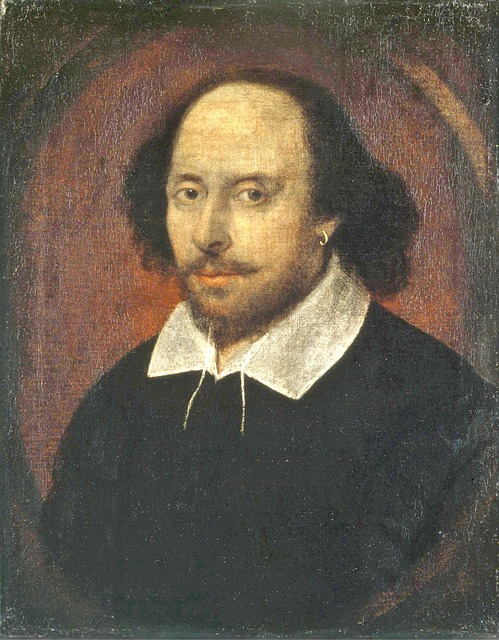Difference between revisions of "Museum of London Docklands"
From Londonhua WIKI
(→Background or Origin of Article) |
|||
| Line 29: | Line 29: | ||
Begin writing the background information of this article, or use this format to begin a new article with some other relevant section filled with important information. | Begin writing the background information of this article, or use this format to begin a new article with some other relevant section filled with important information. | ||
<br><br> | <br><br> | ||
| + | ==Greenland Whaling== | ||
==London Sugar & Slavery== | ==London Sugar & Slavery== | ||
===Slavery=== | ===Slavery=== | ||
Revision as of 15:25, 22 May 2017
Museum of London Docklands
 Representative Article Image | |
| The Chandos Portrait of William Shakespeare | |
|---|---|
| Artist | Attributed to John Taylor |
| Year | c. 1600s |
| Dimensions | 55.2 cm × 43.8 cm ( 21 3⁄4 in × 17 1⁄4 in) |
| Location | National Portrait Gallery, London |
Overview
The paragraph should give a three to five sentence abstract about your article. PLEASE NOTE: this article template has only a few sections as examples, but your actual article contributions should have many relevant sections and subsections. Please start to block out and complete those sections with relevant information such as the very objective, fact-based, and heavily referenced "who, what, when, where, and why" about this article. Articles don't just have to be huge buildings; individual artifacts and lesser-known people, places, and things count as article topics! Don't forget to include relevant category tags for each article!
Contents
Background or Origin of Article
Begin writing the background information of this article, or use this format to begin a new article with some other relevant section filled with important information.
Greenland Whaling
London Sugar & Slavery
Slavery
As London was growing as a center for finance and commerce from the 1700s onwards, they unfortunately ran into a popular crime against humanity. With everyone wanting wealth, tribal communities in West Africa were torn apart, tens of millions of people displaced and transported, and many were tortured and killed.
When this trend started, African People had not been new to the area, they arrived in Britain before the 1500s. By the late 1780s there were about 25,000 people of African Origin living in London. Most had liberated themselves living free and independently with London's poorer classes, but some where well-to-do members of the society.
The slave trade hurt many African societies and allowed European nations to impose European rule. This was an assault on African identities. Starting in the early 1600s, Londons merchants were importing increasing amounts of gold and ivory form Africa, but little was known about the people who lived there. As Africa became the main source for slaves for the new world of the Americas, ignorance led to racism, which turned into exploitation.
European nations had a well-organized system for supplying plantations with labor. Many African people resisted the trade, but others made money off of it. By the late 1600s the slave trade in London was organized by the Royal Africa Company. In 1750 the Company of Merchants trading to Africa took over. They brought people form the interior and sold them on the coast. The Africans who collaborated in the trade also had workers who painted the forts, and men to carry people and supplies from the shore onto the ship. As the trade became more and more profitable, a new African 'elite' status was reached, which contributed to the destructive divisions in the African Society.
Warehouse
Measurement
Natalie will be writing about this
Tunnels
The Thames Tunnel
Peter will be writing about this
References
If appropriate, add a references section
External Links
If appropriate, add an external links section
Image Gallery
If appropriate, add an image gallery
</nowiki>